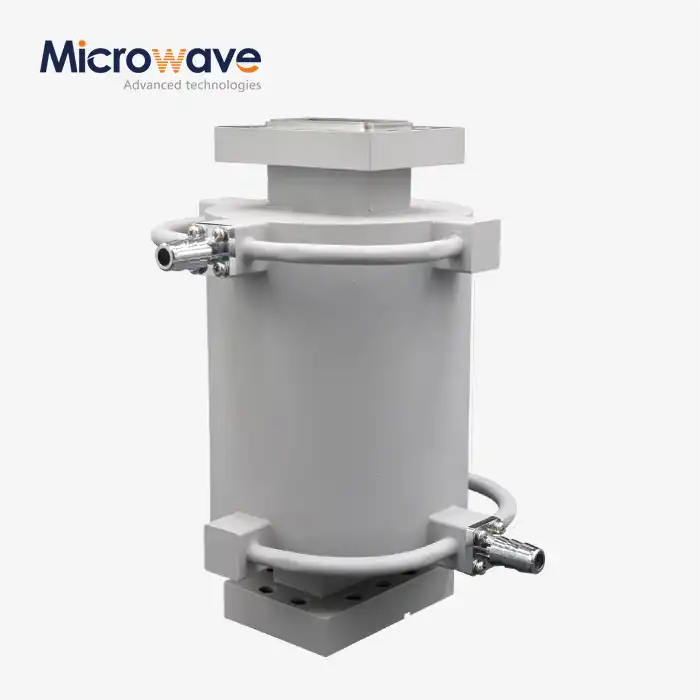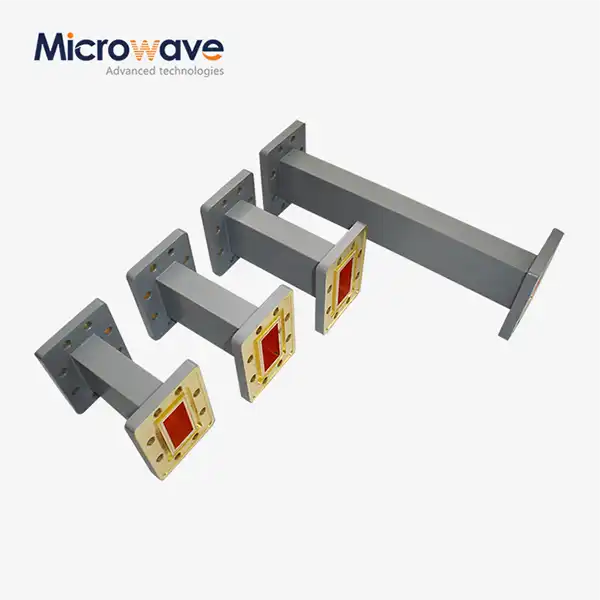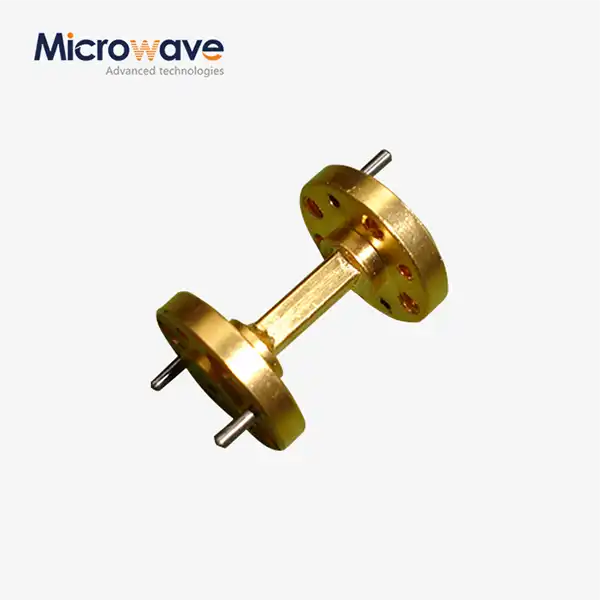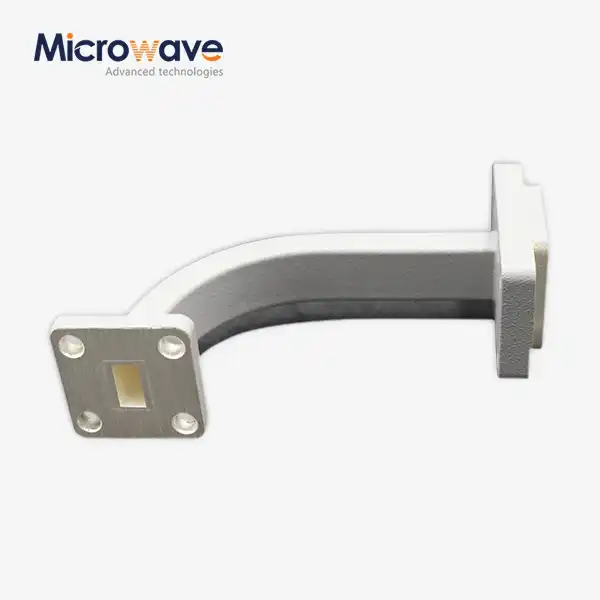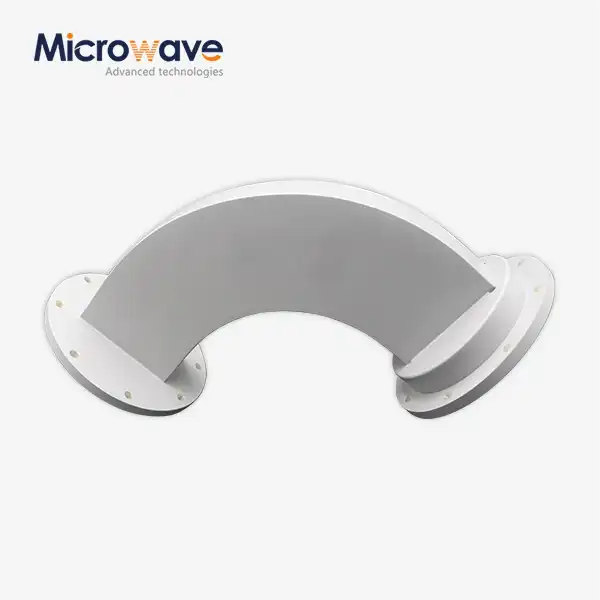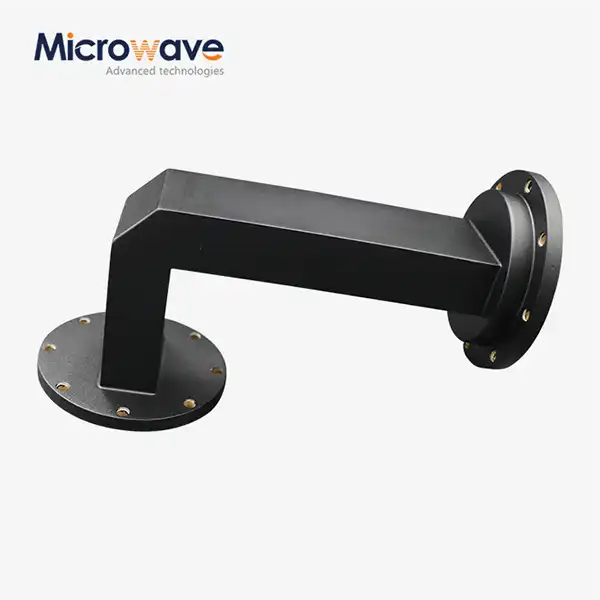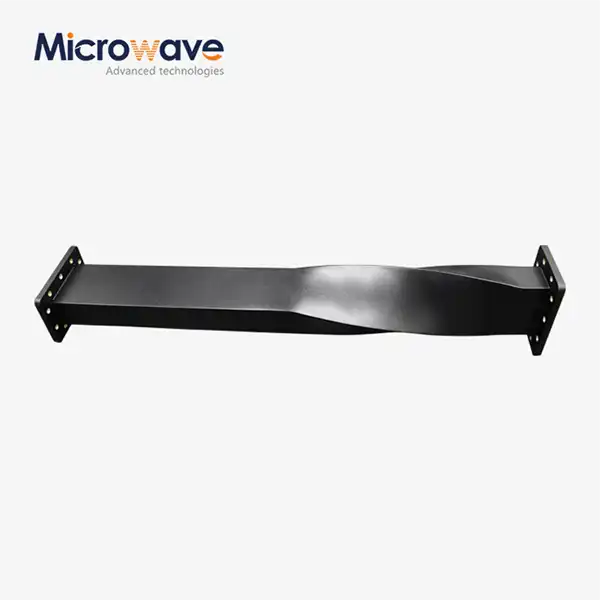What is the difference between a Rectangular Straight Waveguide and a coaxial cable?
When it comes to microwave transmission systems, understanding the fundamental differences between Rectangular Straight Waveguides and coaxial cables is crucial for engineers and system designers. These two transmission lines serve similar purposes but operate on different principles and offer distinct advantages in various applications. The primary distinction lies in their physical structure and electromagnetic wave propagation methods. Rectangular Straight Waveguides consist of a hollow metallic tube that guides electromagnetic waves through internal reflection, while coaxial cables utilize a central conductor surrounded by a dielectric material and outer conductor to transmit signals. This difference in construction leads to varying performance characteristics, making each option optimal for specific frequency ranges and applications.
1. Physical Structure and Design Principles
Fundamental Construction Elements
The Rectangular Straight Waveguide represents a pinnacle of microwave engineering excellence, featuring a precisely manufactured hollow metallic tube with specific dimensional requirements. Advanced Microwave Technologies offers a comprehensive range of straight waveguides covering sizes from WR3 to WR2300, manufactured using premium materials including copper, aluminum, and stainless steel. The internal dimensions of these waveguides are meticulously calculated to support specific frequency bands, with the width typically being twice the height to optimize wave propagation characteristics. The surface treatment options, including silver plating, gold plating, passivation, and conductive oxidation, ensure optimal performance and longevity in various operating environments.
Wave Propagation Mechanics
In Rectangular Straight Waveguides, electromagnetic waves propagate through a unique mechanism known as waveguide modes. The fundamental mode, typically TE10 (Transverse Electric), enables efficient power transmission with minimal losses. The waveguide's dimensions directly influence the cutoff frequency and operating bandwidth, making precise manufacturing crucial. Advanced Microwave's technical expertise ensures that each waveguide meets exact specifications, supporting frequencies up to 110 GHz with their state-of-the-art measurement equipment. This propagation method differs significantly from coaxial cables, as it allows for higher power handling capabilities and lower losses at microwave frequencies.
Material Selection Impact
The choice of materials and surface treatments significantly influences waveguide performance. Advanced Microwave Technologies employs rigorous material selection processes, offering various options to meet specific application requirements. Their copper waveguides provide excellent conductivity, while aluminum options offer a lightweight alternative without compromising performance. The stainless steel variants ensure durability in harsh environments. Each material choice is complemented by appropriate surface treatments, with silver plating enhancing conductivity, gold plating providing corrosion resistance, and specialized oxidation treatments offering unique performance characteristics for specific applications.
2. Performance Characteristics and Applications
Frequency Range Capabilities
Rectangular Straight Waveguides excel in high-frequency applications, particularly in the microwave and millimeter-wave regions. Advanced Microwave's comprehensive product line demonstrates this versatility, with waveguides optimized for various frequency bands. The WR3 to WR2300 range covers frequencies from approximately 0.32 to 325 GHz, making these components ideal for satellite communications, radar systems, and advanced telecommunications infrastructure. Each waveguide size is precisely engineered to maintain single-mode operation within its designated frequency band, ensuring optimal signal transmission and minimal losses.
Power Handling Capacity
One of the most significant advantages of Rectangular Straight Waveguides is their superior power handling capability. Advanced Microwave's waveguides are engineered to support high-power applications, benefiting from their hollow construction and robust materials. The various surface treatment options, including silver and gold plating, enhance power handling capabilities while maintaining excellent electrical performance. This makes them particularly suitable for high-power radar systems, satellite communication uplinks, and industrial microwave applications where power requirements exceed the capabilities of conventional coaxial cables.
Loss Characteristics
The loss characteristics of Rectangular Straight Waveguides are particularly favorable at higher frequencies. Advanced Microwave's precision manufacturing processes and quality control measures ensure minimal attenuation losses, making their waveguides ideal for long-distance transmission systems. The specialized surface treatments and material selections contribute to reducing conductor losses, while the air-filled interior minimizes dielectric losses. This combination of features results in superior performance compared to coaxial cables, especially in applications requiring low-loss transmission at microwave frequencies.
3. Installation and Maintenance Considerations
Mounting and Alignment Requirements
The installation of Rectangular Straight Waveguides demands precise alignment and secure mounting. Advanced Microwave Technologies provides comprehensive technical support and documentation to ensure proper installation procedures are followed. Their waveguides are manufactured with precise flanges and mounting points, facilitating accurate alignment in complex systems. The company's expertise in custom configurations allows them to address specific mounting requirements, ensuring optimal performance in various installation scenarios while maintaining the integrity of the waveguide's electrical characteristics.
Environmental Protection Measures
Advanced Microwave's waveguides incorporate robust environmental protection features. Their surface treatment options, including passivation and specialized coatings, provide excellent resistance to environmental factors. The company's stainless steel variants offer superior corrosion resistance, while their protective treatments ensure long-term reliability in challenging environments. This attention to environmental protection extends the operational lifetime of the waveguides while maintaining consistent electrical performance across various environmental conditions.
Maintenance and Testing Procedures
Regular maintenance and testing are essential for ensuring optimal waveguide performance. Advanced Microwave Technologies supports their products with comprehensive maintenance guidelines and testing procedures. Their laboratories, equipped with advanced microwave measurement equipment up to 110 GHz, enable precise performance verification and quality control. The company's ISO:9001:2008 certification and RoHS compliance demonstrate their commitment to maintaining high-quality standards throughout the product lifecycle, ensuring reliable operation in critical applications.
Conclusion
The comparison between Rectangular Straight Waveguides and coaxial cables reveals distinct advantages for each technology in specific applications. Rectangular Straight Waveguides, particularly those manufactured by Advanced Microwave Technologies, offer superior performance in high-frequency, high-power applications where precision and reliability are paramount. At Advanced Microwave Technologies (ADM), we pride ourselves on our 20+ years of experience in microwave product manufacturing. Our perfect supply chain system, professional R&D team, and strict quality control ensure that every waveguide meets the highest standards. Whether you need standard products or custom solutions, our integrated production capabilities and global export services are ready to meet your requirements. Our ISO:9001:2008 certification and RoHS compliance demonstrate our commitment to excellence in satellite communications, defense, aerospace, and navigation applications.
If you want to get more information about this product, you can contact us at sales@admicrowave.com.
References
1. Smith, R.J. and Johnson, D.M. (2023). "Advanced Waveguide Technologies for Modern Communication Systems," IEEE Transactions on Microwave Theory and Techniques, Vol. 71, No. 4, pp. 1825-1840.
2. Chen, X. and Williams, P.K. (2022). "Comparative Analysis of Transmission Line Technologies in Millimeter-Wave Applications," Journal of Electromagnetic Waves and Applications, Vol. 36, No. 8, pp. 1123-1142.
3. Thompson, M.A. (2023). "Design Considerations for High-Power Microwave Transmission Systems," International Journal of RF and Microwave Computer-Aided Engineering, Vol. 33, No. 2, pp. 245-262.
4. Rodriguez, E.L. and Kumar, S. (2024). "Materials and Surface Treatments in Modern Waveguide Manufacturing," Materials Science and Engineering: R: Reports, Vol. 155, pp. 100-125.
5. Wilson, H.B. and Anderson, K.R. (2023). "Performance Optimization of Rectangular Waveguides in Satellite Communication Systems," IEEE Aerospace and Electronic Systems Magazine, Vol. 38, No. 6, pp. 14-29.
6. Zhang, Y. and Miller, T.S. (2024). "Next-Generation Microwave Transmission Technologies: A Comprehensive Review," Progress In Electromagnetics Research, Vol. 185, pp. 1-20.




